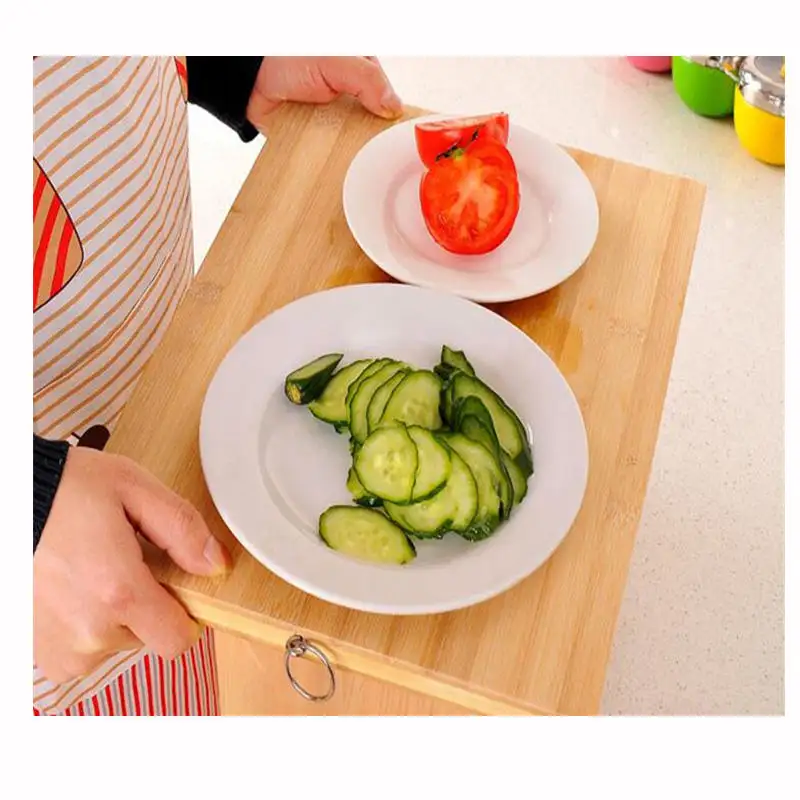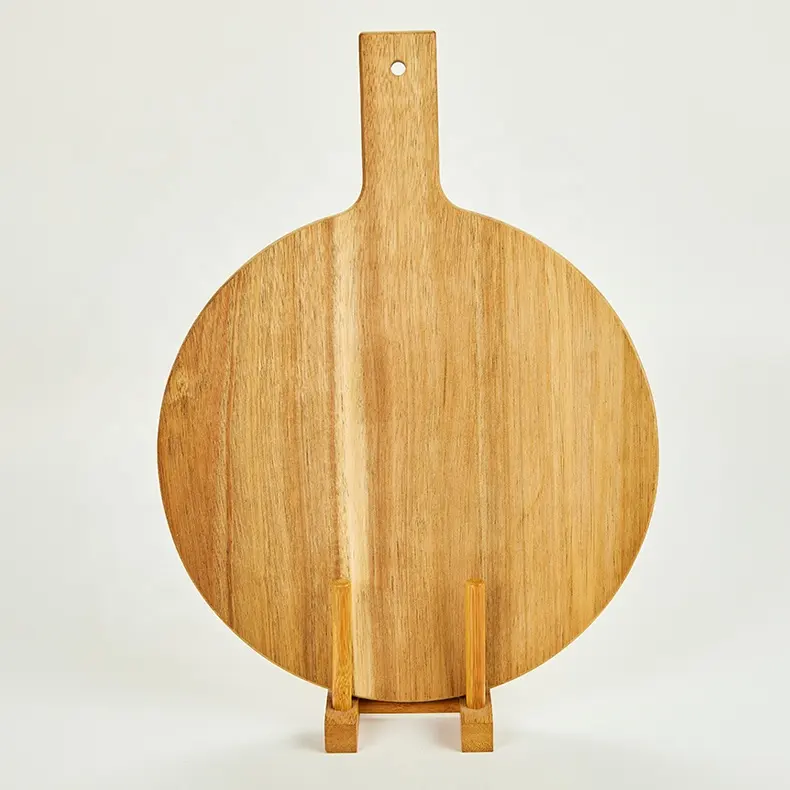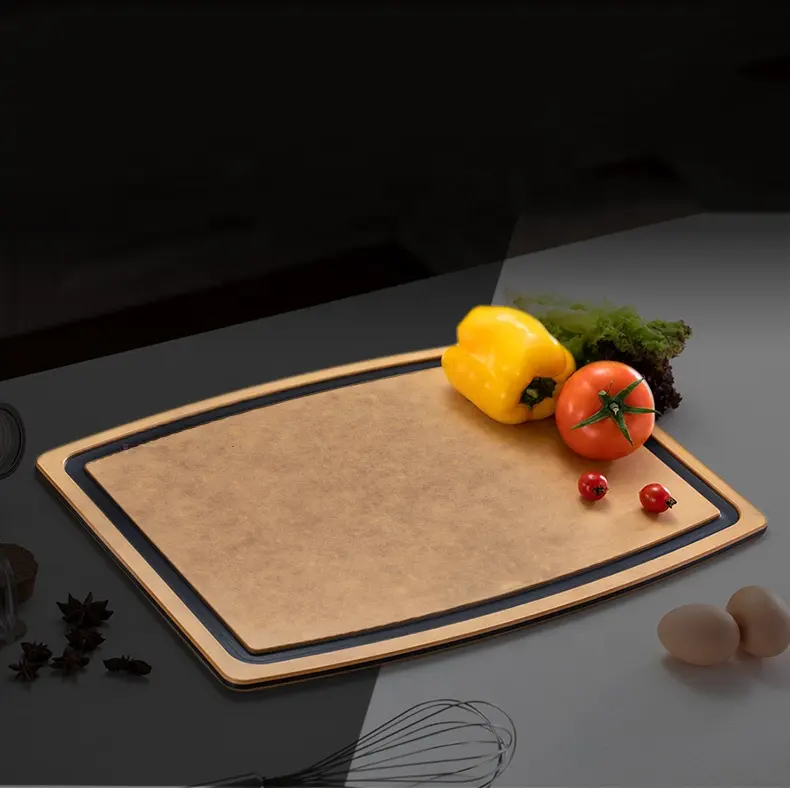Choosing the right wood for your cutting board is crucial, as different wood types offer various characteristics in terms of durability, aesthetics, and maintenance. Here are some exquisite wood types commonly used for cutting boards:
- Maple:
- Characteristics: Light in color with a uniform grain pattern.
- Benefits: Hard and durable, resists scratches, and is gentle on knife blades.
- Considerations: Regular oiling helps maintain its appearance.
- Walnut:
- Characteristics: Dark, rich color with a prominent grain pattern.
- Benefits: Hardwood, resists bacteria, and adds an elegant look to the kitchen.
- Considerations: Regular oiling is recommended for longevity.
- Cherry:
- Characteristics: Initially light pink, darkens over time to a warm reddish-brown.
- Benefits: Moderately hard, resists moisture, and develops a beautiful patina.
- Considerations: Regular maintenance with oil or wax.
- Teak:
- Characteristics: Golden to medium brown with a straight grain.
- Benefits: Highly resistant to moisture, insects, and bacteria.
- Considerations: Natural oils make it low-maintenance, but periodic oiling enhances its appearance.
- Acacia:
- Characteristics: Varied colors and a distinctive grain pattern.
- Benefits: Durable, water-resistant, and visually appealing.
- Considerations: Requires regular oiling to prevent drying.
- Bamboo:
- Characteristics: Light color with a fine grain pattern.
- Benefits: Sustainable, hard, and resistant to bacteria.
- Considerations: Avoid exposure to excessive moisture, and periodically oil for maintenance.
- Mahogany:
- Characteristics: Deep reddish-brown with a straight grain.
- Benefits: Hardwood, durable, and adds warmth to the kitchen.
- Considerations: Regular oiling or waxing is recommended.
- Purpleheart:
- Characteristics: Vivid purple color that darkens over time.
- Benefits: Extremely hard and resistant to moisture.
- Considerations: Requires periodic oiling to maintain color and prevent drying.
- Zebrawood:
- Characteristics: Striking zebra-like stripes with a light to medium brown color.
- Benefits: Hardwood, visually distinctive, and durable.
- Considerations: Regular oiling enhances its appearance.
- Olive Wood:
- Characteristics: Light cream to yellowish-brown with unique grain patterns.
- Benefits: Dense and durable, resistant to bacteria.
- Considerations: Periodic oiling enhances its natural luster.
When selecting wood for a cutting board, consider factors such as hardness, resistance to moisture, and the overall aesthetic you desire. Additionally, proper maintenance, including regular oiling or waxing, is essential to prolong the life and beauty of the cutting board.



